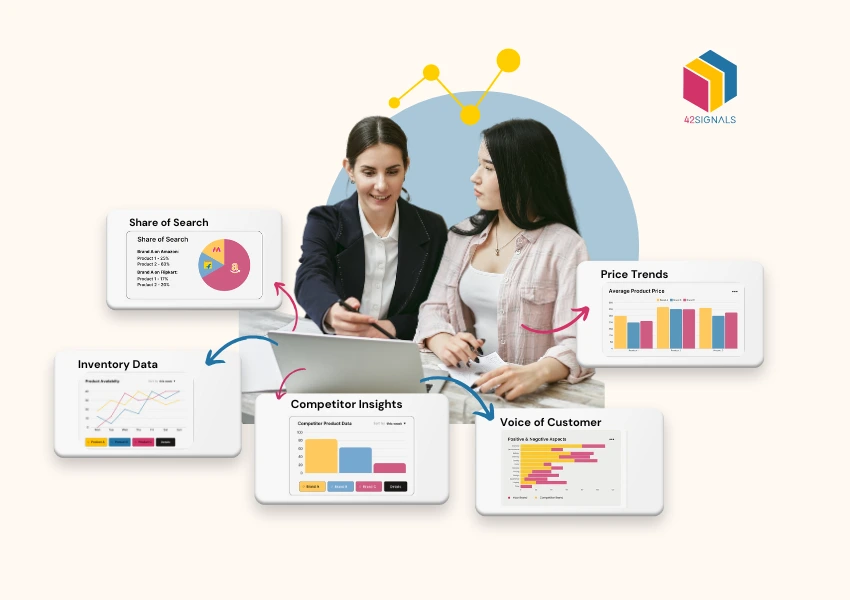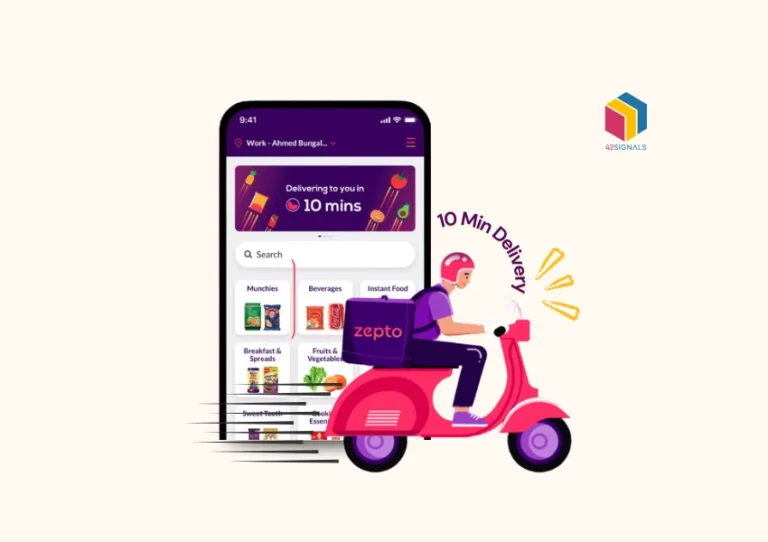Table of Contents
ToggleLook, we all track daily sales. We obsess over website traffic. But here’s the uncomfortable truth: that’s like driving while only staring at your rearview mirror. You see where you’ve been, not the pothole ahead or the competitor speeding past you. E-commerce today is a high-stakes race, and raw sales numbers won’t tell you why customers chose your rival, when your pricing strategy backfired, or how your inventory became a cash-flow nightmare.
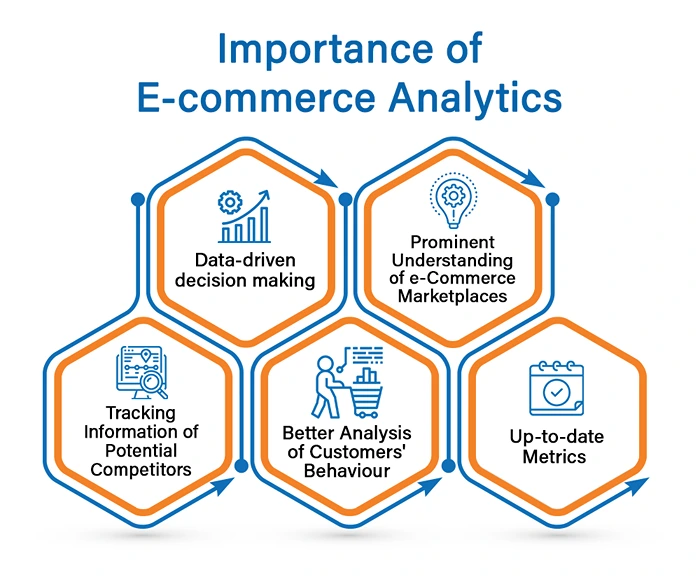
Image Source: Love in Store
That’s where truly powerful ecommerce analytics services come in. Forget vanity metrics. We’re talking about specialized tools that act like your business’s radar system. They uncover hidden threats, spot golden opportunities, and give you actionable insights to dominate pricing wars and master inventory chaos. In this guide, we’ll break down 7 advanced analytics services that top brands use to turn data into profit. No jargon. Just real strategies you can steal.
1. Competitive Price Intelligence: Your 24/7 Pricing Spy Network with ECommerce Analytics Services
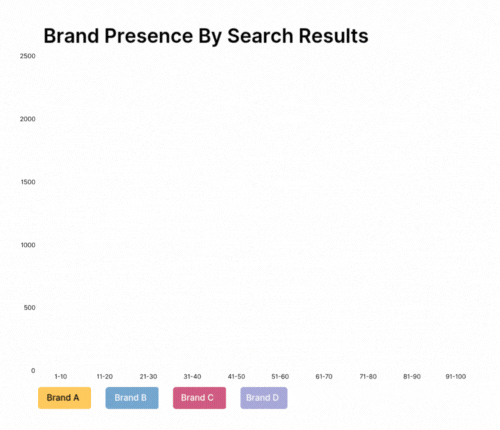
What it Really Does (Beyond the Hype): Imagine having a dedicated team constantly scouring every major website, marketplace (Amazon, eBay, Walmart.com), and even regional stores to track your competitors’ prices. That’s competitive price intelligence. It’s not just about knowing their price now; it’s seeing historical trends, discount patterns, and flash sales the moment they happen.
The Gut Punch of Ignoring It: Remember Steve? He ran a popular outdoor gear shop. His best-selling hiking backpack was $89.99. Comfy profit margin. Then, out of the blue, sales plummeted. Turns out, a key competitor quietly dropped their nearly identical pack to $79.99 for three weeks before Steve noticed. He lost thousands. Price intelligence tools automate this surveillance. They send alerts faster than you can refresh a browser tab.
Your Pricing & Inventory Win Playbook:

Image Source: 42Signals Price Benchmarking Intelligence
- Stop the Race to the Bottom: React instantly to competitor price drops without blindly matching. Maybe your brand loyalty or faster shipping justifies staying $5 higher.
- Spot Price Hike Opportunities: See a competitor sell out of that kitchen gadget? That’s your cue to gently nudge your price up 5-10% while demand is hot.
- Catch MAP Cheaters Early: More on this soon, but these tools often flag sellers violating your Minimum Advertised Price.
Stat That Stings: 74% of shoppers admit they always check prices on multiple sites before clicking “buy.”
2. Share of Shelf (SoS) Analytics: Winning the Digital Shelf Space War
What it Really Means (It’s Not Just for Groceries!): Think about walking into a physical store. Where your product sits – eye level, end cap, buried in back – massively impacts sales. Online is no different. “Share of Shelf” measures your digital real estate. How often do you “own” the coveted Buy Box on Amazon? What page does your product land on for critical keywords? Are you even visible? SoS analytics quantifies this.
Why Vanity Traffic Metrics Fail You: Sarah’s organic skincare line saw great website traffic, but Amazon sales were weak. Her basic dashboard showed “clicks,” but share of search analytics revealed the brutal truth: her hero serum appeared on Page 4 for “organic face serum.” Worse, when it did appear on Page 1, a competitor with lower ratings often won the Buy Box 70% of the time. She was invisible at the moment of the purchase decision.

Turning Visibility into Revenue & Inventory Control:
- Link Visibility to Stock Levels: Notice your ranking tanked? Check inventory! Low stock often pushes you down the search results. SoS alerts you before the sales dip hits.
- Justify Premium Pricing: Landing Page 1 for “wireless headphones”? That visibility is gold. You can likely sustain a price 5-10% higher than competitors, stuck on Page 3.
3. Voice of Customer Analytics Helps You Listen to Your Customers
Beyond Star Ratings: Voice of Customer analytics dives deep into the words customers use – in reviews, survey responses, social media rants, and even customer support chats. It’s not just sentiment (“positive/negative”), it’s understanding the why behind the emotion.
The Pricing & Inventory Clues Hidden in Plain Sight, Not Anymore with ECommerce Analytics Services
- That product with a solid 4-star average? VoC might reveal clusters of comments like “a bit pricey for what it is” or “love it but wish it wasn’t always sold out in blue.” Direct feedback on your pricing and stock issues!
- A sudden spike in negative reviews mentioning “defective” could signal a batch problem your warehouse hasn’t flagged yet.
- Comments like “took forever to ship” or “backordered again” scream inventory forecasting failures.
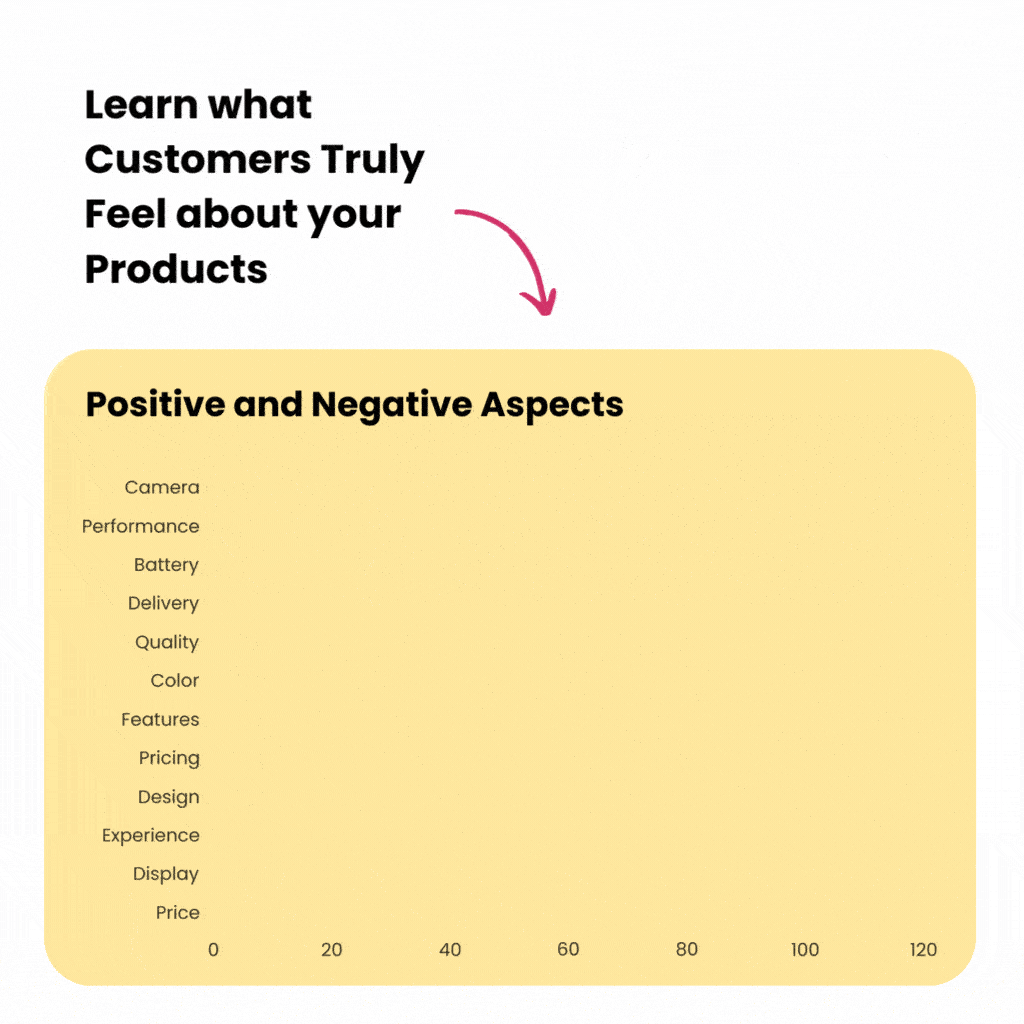
Actionable Ecommerce Analytics Services for Smarter Decisions:
- Raise Prices with Confidence: Found overwhelming praise like “worth every penny” or “saved me hours”? That’s permission to test a modest price increase.
- Prevent Stockouts Proactively: Track mentions of “out of stock,” “waiting for restock,” or “discontinued?” These are early warning signs before your sales graphs crash.
- Fix What Actually Annoys People: Stop guessing why returns are high. VoC pinpoints the exact feature or quality issue driving complaints.
Stat That Makes Reviews Essential: Products boasting over 100 reviews convert shoppers at 2.5 times the rate of products with fewer than 10 reviews. VoC helps you get those reviews and learn from them.
4. MAP Violation Monitoring: Protecting Your Brand’s Reputation (and Profit)
MAP Isn’t Just a Suggestion: Minimum Advertised Price (MAP) policies are contracts with your authorized retailers. They promise not to advertise your products below a set price. Map violations happen when retailers (or rogue third-party sellers) ignore this and undercut everyone.
Why It’s a Silent Killer: Letting MAP slide seems harmless. Think again with ecommerce analytics services
- Erodes Brand Value: Constant deep discounts make your premium product look cheap.
- Poisons Retailer Relationships: Your loyal brick-and-mortar partners investing in displays and staff training get furious seeing online sellers undercut them. They might drop your line.
- Automatic Alerts, 24/7: Get notified with price alerts instantly when your product appears below MAP anywhere online. No more manual hunting.
- Identify Rogue Sellers: Is it an authorized dealer testing limits or an unknown seller liquidating stolen/expired goods? Tracking helps you enforce effectively.
- Spot Inventory Gluts: A sudden surge in unauthorized discounting on a specific model often means someone (a retailer or distributor) is desperately trying to clear excess stock they can’t move. That’s valuable inventory tracking intel for your own planning.
5. Inventory Tracking & AI-Powered Demand Forecasting: Stop Guessing, Start Knowing
Moving Beyond the Spreadsheet: Basic inventory tracking tells you what you have now. That’s table stakes. Modern demand forecasting uses AI to analyze mountains of data:
- Overstocking: Ties up huge amounts of cash in sitting stock, increases storage fees, and leads to desperate, margin-killing clearance sales.
- Stockouts: The silent sales assassin. You lose the immediate sale AND risk pushing the customer permanently to a competitor.
Turning Forecasts into Profit Levers:
- Strategic Discount Timing: AI predicts when a product is likely to become slow-moving. Run a targeted promotion early to clear it at a smaller discount, preserving margin. Don’t wait until it’s dead stock needing 70% off!
- Confident Price Increases: Forecast showing a surge in demand for patio furniture due to an early heatwave? Temporarily increase prices on high-demand items.
- Optimize Purchasing: Align purchase orders tightly with predicted demand, reducing capital tied up and warehousing costs.
Stat That Shows the Money: Businesses implementing advanced demand forecasting slash their overall inventory costs by a staggering 20% to 50%. (Source: Gartner, 2023 Supply Chain Optimization Report). That’s real cash freed up.
6. Competitor Stock Monitoring: Capitalize on Their Weak Moments
What It Uncovers: This service tracks the inventory levels of your key competitors’ products across major online channels. It tells you when they’re running low or completely sold out.
Why It’s Pure Competitive Oxygen: Imagine knowing your biggest rival just ran out of the season’s hottest toy… and you have plenty. Or seeing they’re chronically low on a key component, hinting at their own supply chain woes.
Turning Their Misfortune into Your Advantage with Ecommerce Analytics Services:
- Capture Market Share: Rival out of stock? Ramp up your marketing for that exact product. Highlight “In Stock & Ready to Ship!” Steal their frustrated customers.
- Hold the Line on Price: When competitors are out of stock, the pressure to price-match evaporates. You can maintain (or even slightly increase) your price while you’re the only game in town.
- Anticipate Their Moves: Spot a competitor consistently stocking more of a particular item? It might signal a planned promotion or a shift in their strategy worth watching.
Synergy is Key: This intel becomes exponentially more powerful when combined with price intelligence. Knowing their price and their stock level gives you the complete picture to make the boldest moves.
7. Promotion & Markdown Analytics: Measuring the True Cost of “Discount!”
Did that promotion spike orders? Great! But before you high-five the team, let’s dig into the real story the data tells about who bought and what it cost you:
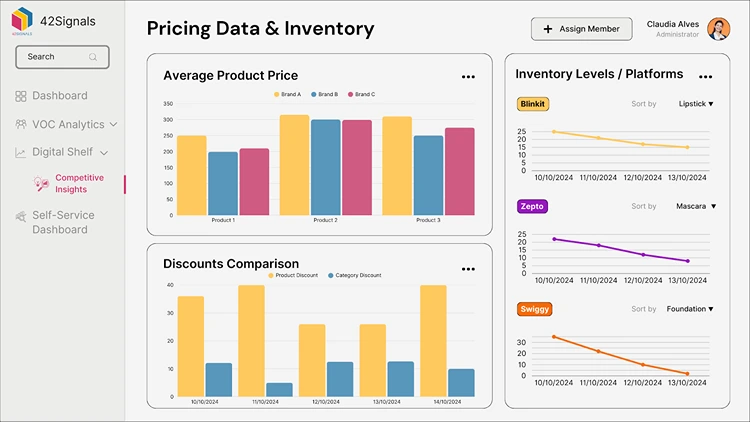
1. Who’s Actually Buying? Loyalists or Bargain Bin Bandits?
Did your discount magnetically attract your beloved repeat customers… or just draw in one-and-done deal seekers? This is crucial. Bargain hunters rarely stick around for full price, meaning your “successful” sale might not build lasting value. It’s like throwing a party where only people looking for free drinks show up – fun for a night, but bad for long-term business.
2. The Heartbreaking Side Effect: Did You Cannibalize Yourself?
Here’s the stomach-dropping question nobody wants to ask: Did your discounted item simply steal sales from your full-priced products sitting right next to it? Imagine working hard to sell your premium widget at $50, only to have your $35 “sale” version lure away customers who would have paid full price. That’s not growth; that’s just moving money from one pocket to another while losing margin.
3. The Long Game: Are You Creating Full-Price Fans or Discount Junkies?
This is the million-dollar question: Will those sale customers come back and happily pay full price next time? Or have you accidentally trained them to only open their wallets when they see a “SALE!” banner? Constantly running promotions is like feeding a habit – customers start waiting for the next discount, eroding your brand’s perceived value. Suddenly, selling anything at full price feels like climbing Everest.
Breaking the Discount Addiction Cycle (Smarter Promotions with Ecommerce Analytics Services)
Promotions aren’t evil, but they need to be strategic, not desperate. Here’s how smart analytics guides you:
- Target Your Discounts Like a Laser: Don’t blast store-wide sales! Use your inventory tracking superpowers to pinpoint exactly which slow-moving items or end-of-season stragglers need a nudge. Clear the clutter without devaluing your stars.
- Measure What Actually Matters: Forget just looking at the sales spike. Did that “Buy One, Get One 50% Off” deal actually make people buy more overall? Did the “Free Shipping over $50” threshold genuinely boost the average amount people spent? Real promotion analytics goes beyond the initial “cha-ching” sound.
- Protect Your Crown Jewels: Slashing prices on your core, high-margin bestsellers is brand suicide. Reserve deep discounts for strategic plays: clearing specific problem inventory or carefully acquiring new customers with lower-risk entry-point items. Keep your heroes strong.
Example 1: VoC reveals customers think Product X is overpriced → Price intelligence shows Competitor Y is consistently $10 cheaper → You decide on a modest $5 price adjustment instead of a panic $15 cut, preserving margin.
Example 2: Competitor stock monitoring shows Rival Z is out of the popular gadget → Demand forecasting predicts high demand continues → You gently increase your price and ensure your stock levels are robust.
Example 3: MAP monitoring flags a violator → Investigation reveals they’re liquidating stolen goods → You take swift legal action and protect your brand.
Look for platforms offering integrated dashboards. Seeing competitive pricing, your stock, competitor stock, MAP compliance, and customer sentiment in one place is transformative.
Ecommerce Analytics Services That Deliver Results
The ecommerce analytics services we’ve covered – from price intelligence and competitive intelligence tools to deep inventory tracking and map violations monitoring – are gonna help you navigate the marketplace.
They cut through the noise, revealing the why behind the numbers. They give you the confidence to price for profit, the foresight to stock just right, and the agility to outmaneuver competitors.
Try 42Signals for free today to see how these insights can help your brand.
Frequently Asked Questions
1. What is the meaning of pricing analysis?
Pricing analysis is the process of evaluating how your prices impact sales, profits, and customer behavior. It involves examining internal data (like sales trends and margins) alongside external factors (like competitor pricing, market demand, and consumer perception).
The goal is to determine whether your pricing is competitive, profitable, and aligned with your business goals. Good pricing analysis helps you make informed decisions about discounting, promotions, and long-term pricing strategy.
2. What are the 4 types of pricing?
Here are four common types of pricing strategies used across industries:
- Cost-Plus Pricing – You calculate the cost of producing a product and add a markup for profit. Simple, but doesn’t account for market factors.
- Value-Based Pricing – Prices are set based on what customers are willing to pay, not just the cost. Often used in luxury or tech products.
- Competitive Pricing – You set your prices based on what your competitors are charging, either matching or undercutting them.
- Dynamic Pricing – Prices change in real time based on demand, inventory levels, or competitor behavior. Common in the ecommerce and travel industries.
Each method works best in different situations depending on the product, market, and business model.
3. What are the 5 C’s of pricing?
The 5 C’s of pricing are key factors to consider when setting a price for a product or service:
Company objectives – Your business goals, whether it’s profit, growth, or market penetration
Cost – The total cost to produce and deliver the product
Customers – What your target market is willing and able to pay
Competition – How similar products are priced in the market
Channel partners – The margins required by distributors or retailers
4. What is an example of pricing analytics?
Here’s a real-world example of pricing analytics in action:
An online retailer uses a pricing tool to track how competitors are pricing a popular product. They notice that when their price is 5% higher, conversions drop by 20%. By adjusting their pricing to stay within a competitive range, they increase conversion rates and maintain profitability.
In this case, the analytics helped uncover the price sensitivity of their customers and guided a data-backed pricing decision.
